Lots of water under the bridge. Since the last post! This project was born a year ago when I wanted to split a bigger board into smaller modules. I went on exploring different options, combination of modules, hardware, probes, motors, and DAQ (from STM32s to Beaglebone PRUDAQ, passing through onboard smaller ADCs), which yielded lots of interesting results. I really enjoyed exploring all of this, and really learnt a lot. Who know I'd do this when 18 months ago I didn't know anything about electronics hardware (or at least had forgotten all from the golden age of my studies?).
Anyhow, the goal here is simple. I need a stand-alone "exploring tool" to explore ultrasound systems. I have built several versions with Murgen, and have made the proof that it's possible to have a small ultrasound machine in your garage. However, I found more pleasure in building the tools and in the process of digging into the different components.. and that's what I want to explore in this project.
Hardware is basically already built: previous lessons from Murgen bring the analog front end, a hack I have can be used to emulate a probe: what remains is to remove overkills on the circuits, and SIMPLIFY everything, making it more robust and more user friendly.
The second step will be to have a good driver for the Raspberry Pi (which I believe is enough for my needs), to control the hardware, and develop a good enough server API.
Once this is done, I'll be happy to test it with probes like the ATL probes I've been debugging, with doppler probes projects here and also to explore this chinese probe of mine.
So, on with this project, and see if cross-pollination works =)
 kelu124
kelu124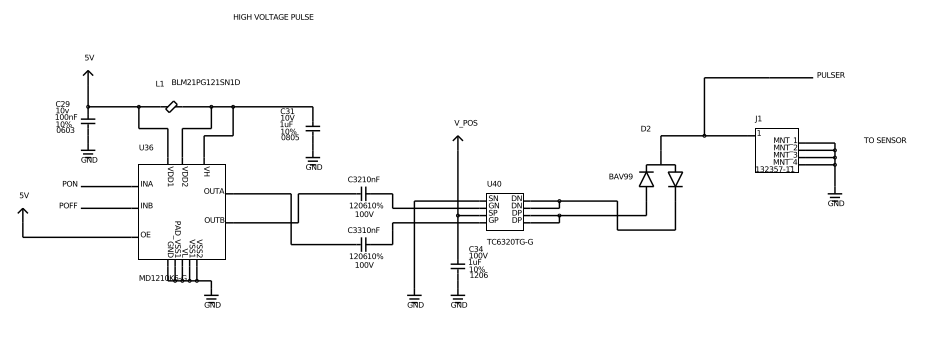





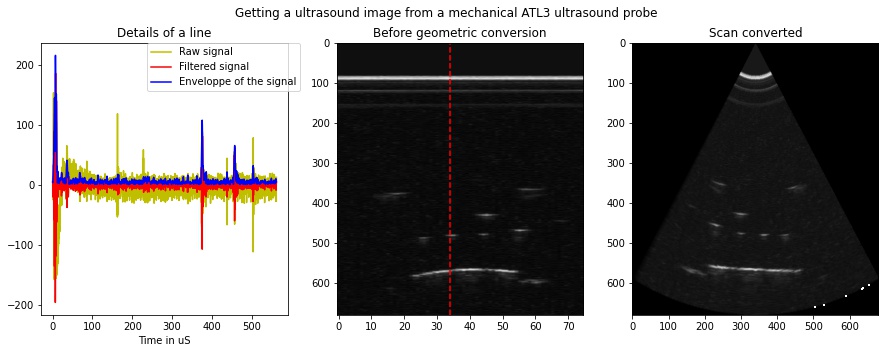 Not too bad! We have 1k lines, 2500points on each ADC, times 2 ADCs. That's around 5M points, at a resulting 24Msps. I got three images:
Not too bad! We have 1k lines, 2500points on each ADC, times 2 ADCs. That's around 5M points, at a resulting 24Msps. I got three images: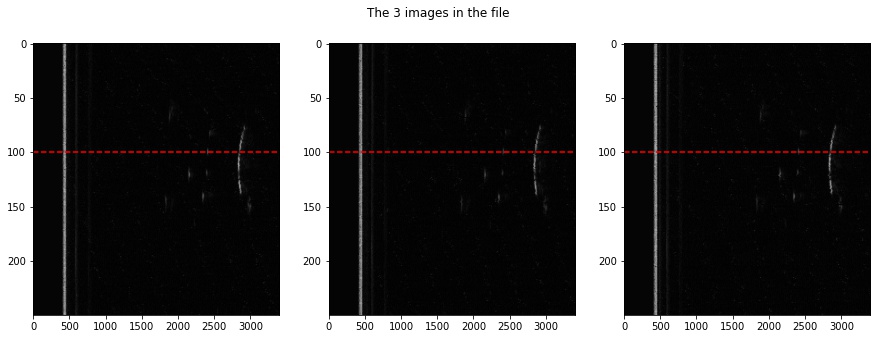 Which, combined, provide a good example of an ultrasound image:
Which, combined, provide a good example of an ultrasound image: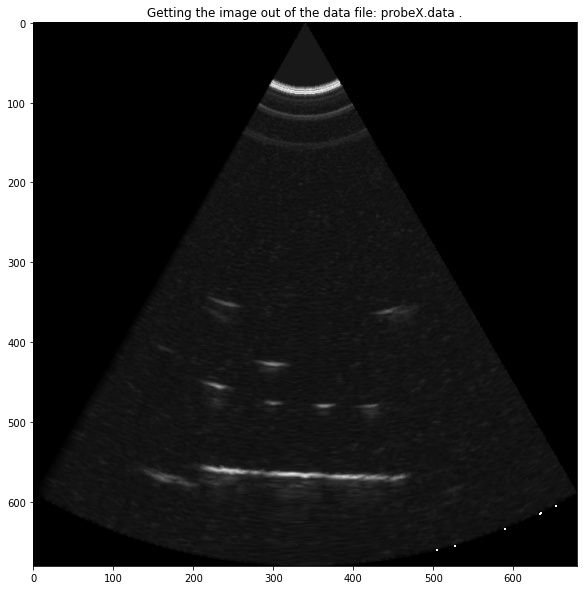 yeahh!!
yeahh!!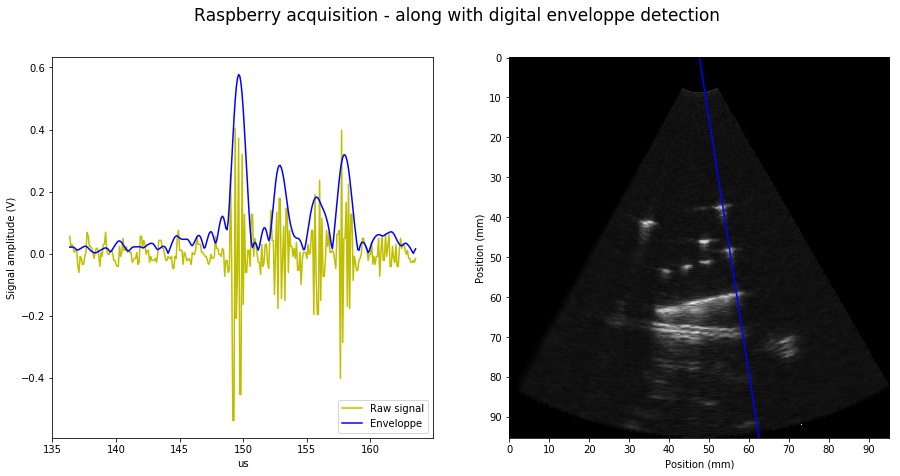
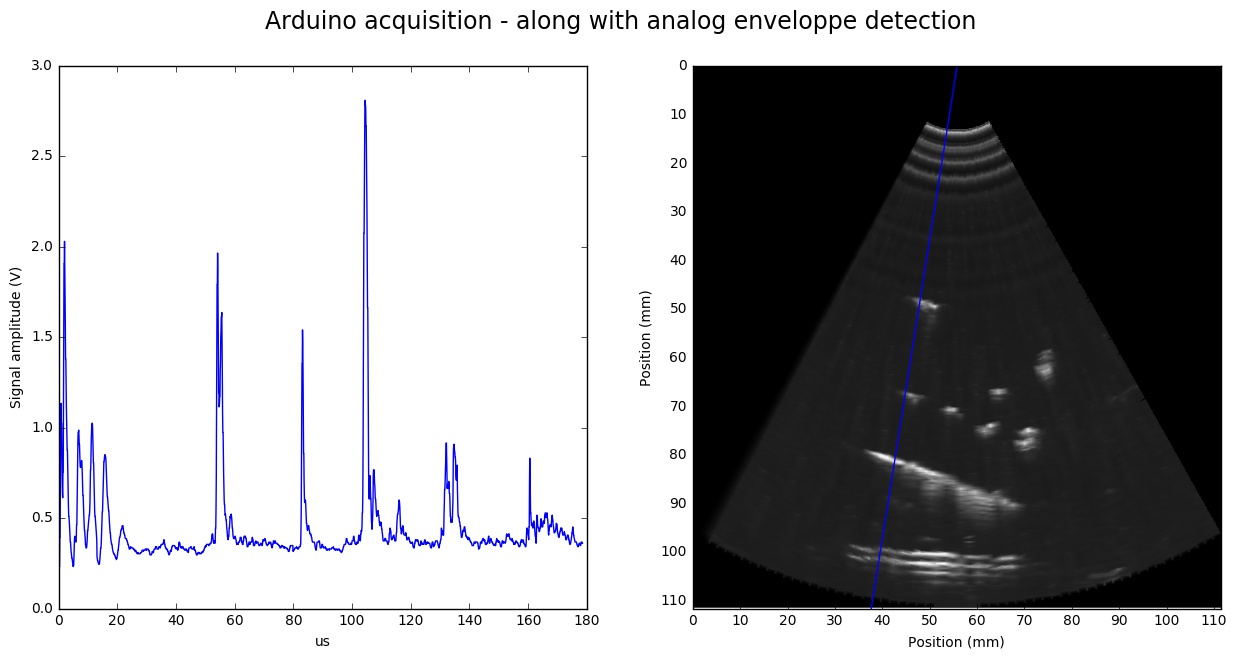


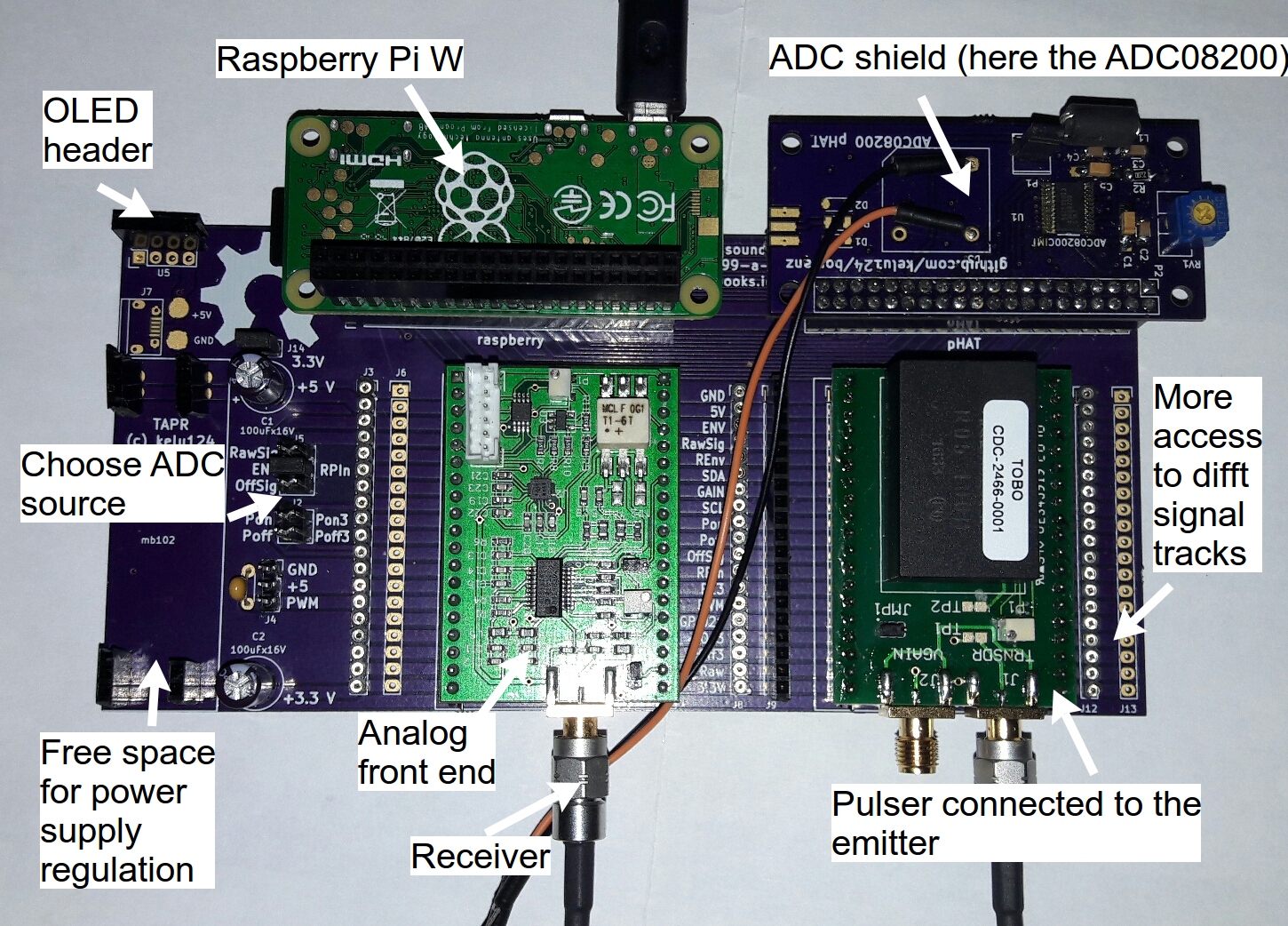
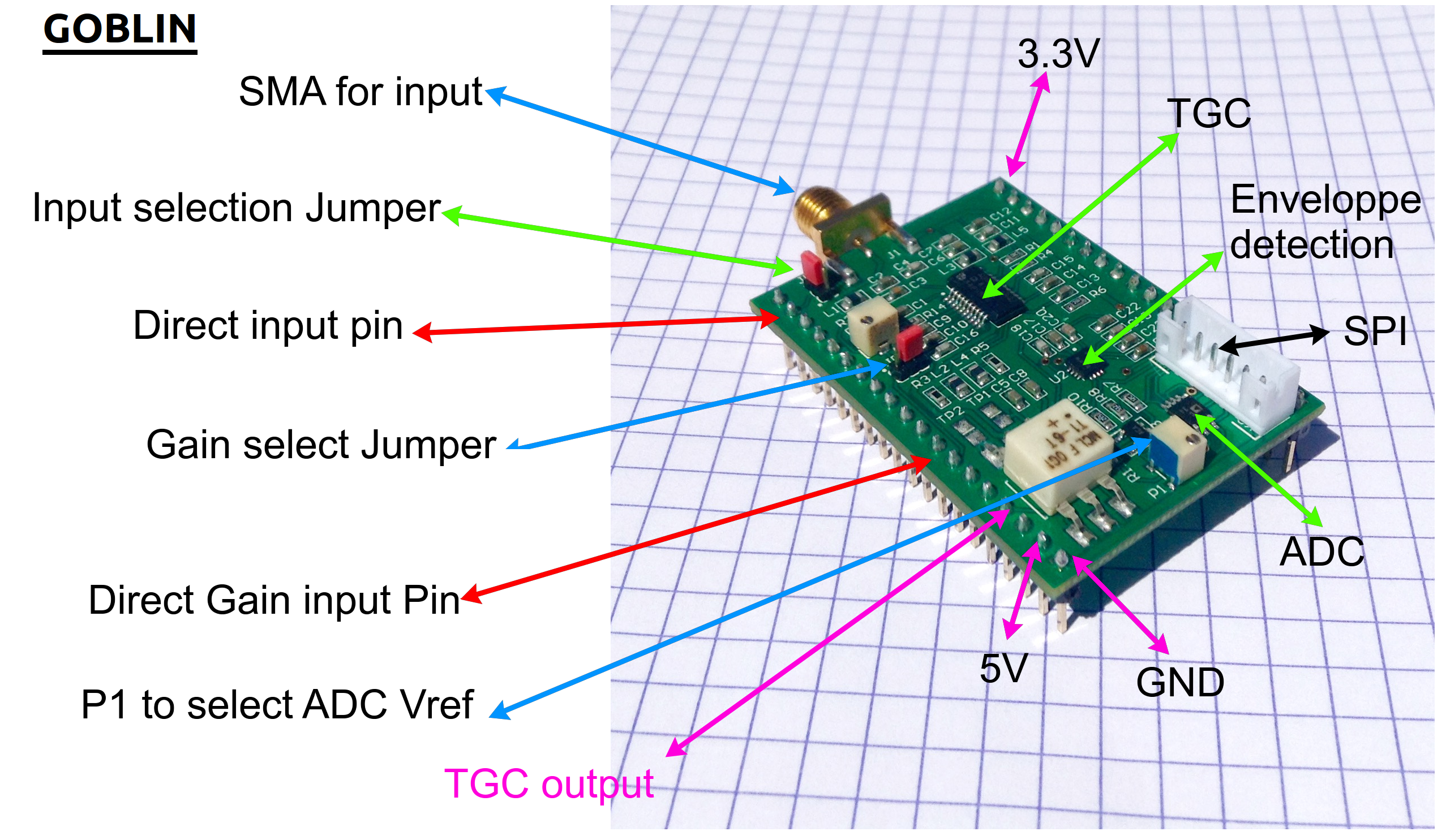
 Which, in functional blocks, gives:
Which, in functional blocks, gives: It works! Let's try it with a 3MHz burst:
It works! Let's try it with a 3MHz burst: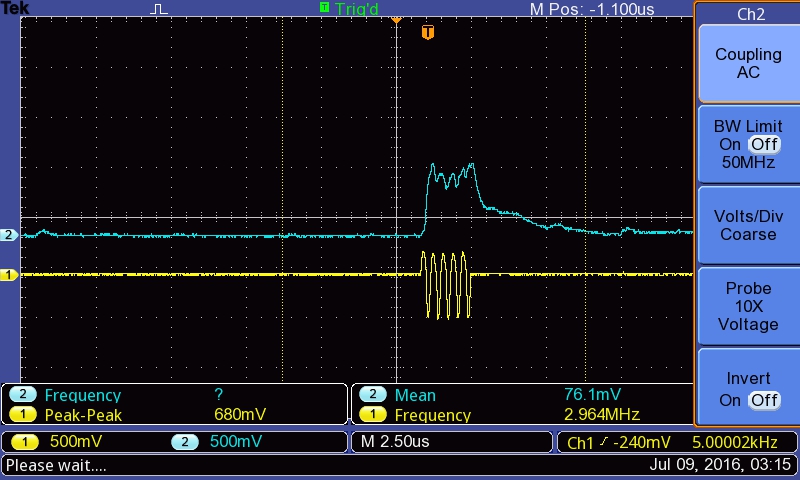
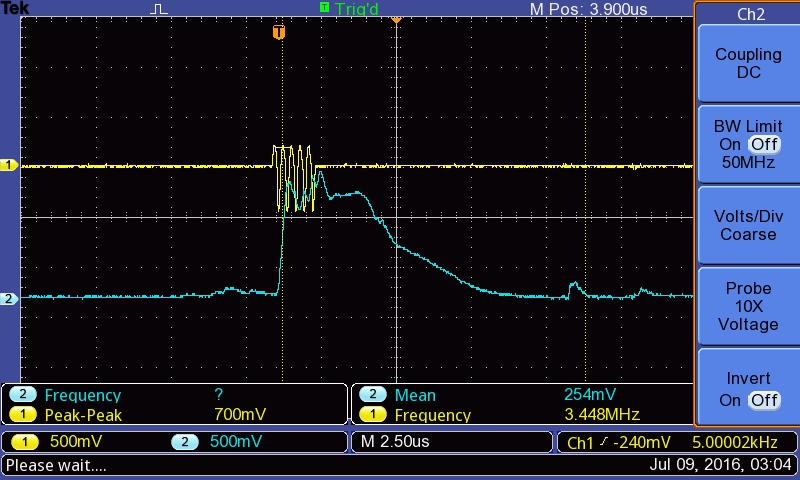



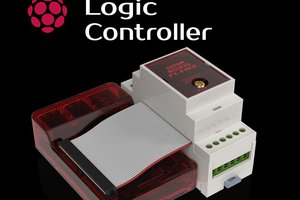
 Andrey V
Andrey V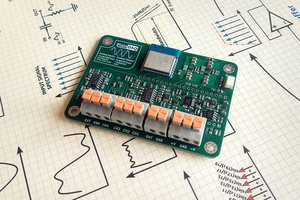
 Alperen
Alperen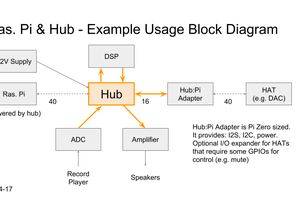
 Andrew Bolin
Andrew Bolin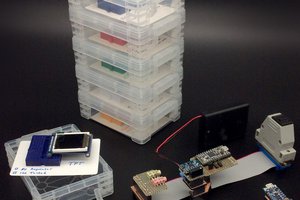
 William
William
I think you guys maybe mistaking the PRF (pulse repitition frequency) and the operating frequency of the transducer. For an imaging system the PRF is typically around 3.3kHz, this is the twitter frequency you hear when you hold the probe to your ear. The operating frequency of the transducer is set by the design of the crystal by the probe manufacturer. In this case I think I saw in a photograph it was 3.0MHz.
You cannot image without pulsing and beam forming. If you are looking at a static organ you wouldn't see anything with Doppler shift techniques as there is no movement except blood flow.
While there are probably lots of mechanical probes still lying around to experiment with you have to ask yourselves why mechanical probes were abandoned by manufacturers over 30 odd years ago in favour of phased array for Cardiac work and convex and linear array transducers for almost everything else. Especially when it was by far the cheapest design to build and implement. Part of it was to do with the fact that there was so much inherant Doppler shift in the mechanical design of the mechanical sector probe that you were creating more Doppler noise than you were trying to measure. The other reason being the dreadful near field performance of fixed focus single crystal element.
Good luck with your future designs but try moving away from mechanical sector designs there day has long since gone